Written By: Brad Campbell | May 23, 2024
School windows play many important roles. They allow plenty of natural light in and provide views of the outdoors, which are both shown to support better student learning.

But traditional annealed glass windows and even tempered glass windows are very easy to break. They leave schools vulnerable to forced entry and burglary, and potentially put the lives of students and teachers at risk in the unfortunate event of an active threat scenario.
This is why schools are increasingly looking for ways to improve school window security, including through school window replacement.
Replacing standard school windows with some type of security glass is certainly one option available, and is an effective way to improve physical security in schools.
Security glass, such as laminated security glass, is very impact resistant and can even be bullet resistant. Therefore, it’s highly effective at preventing forced entry and protecting against a wide range of security threats.
However, window replacement also has some disadvantages, not least of which is that it can be prohibitively expensive. Since many schools are low on budget to start with, completely replacing windows is often not even on the table.
Plus, depending on the time of year, a big window replacement job on campus can be disruptive to learning.
There’s also the chance that security glass may be too thick and heavy to be an option, especially for older schools that have weaker window framing in place.
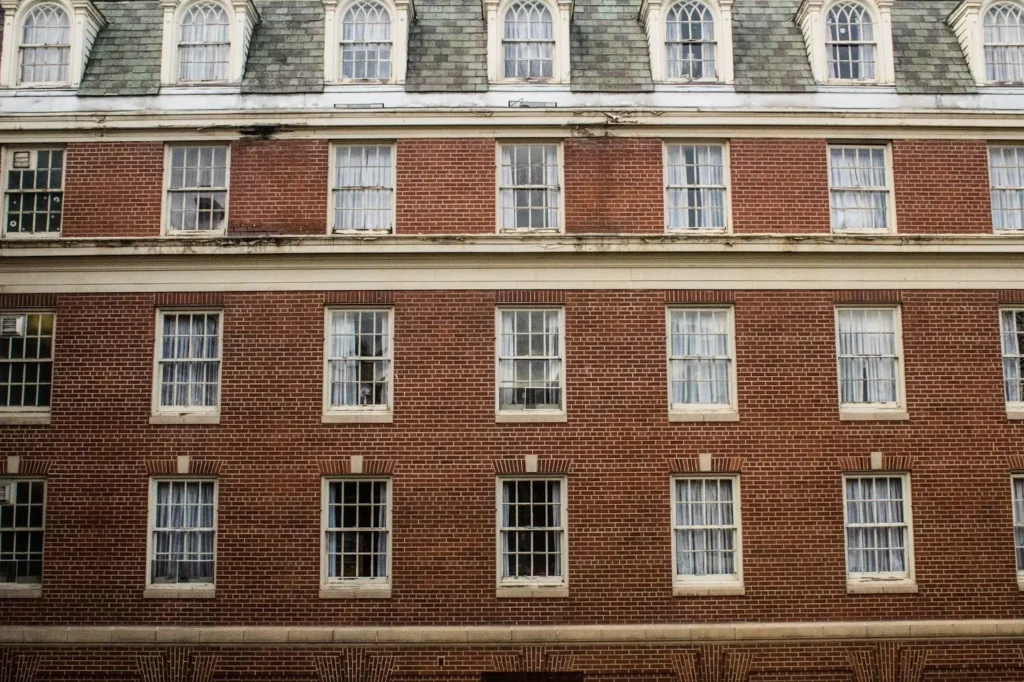
Because of these issues, many schools look for alternative ways to boost school security without replacing windows.
Three of the most popular alternatives to window replacement for schools are:
But, like replacing existing window glass with security glass, these alternatives each have their own sets of limitations, and there’s a clear winner of the bunch.
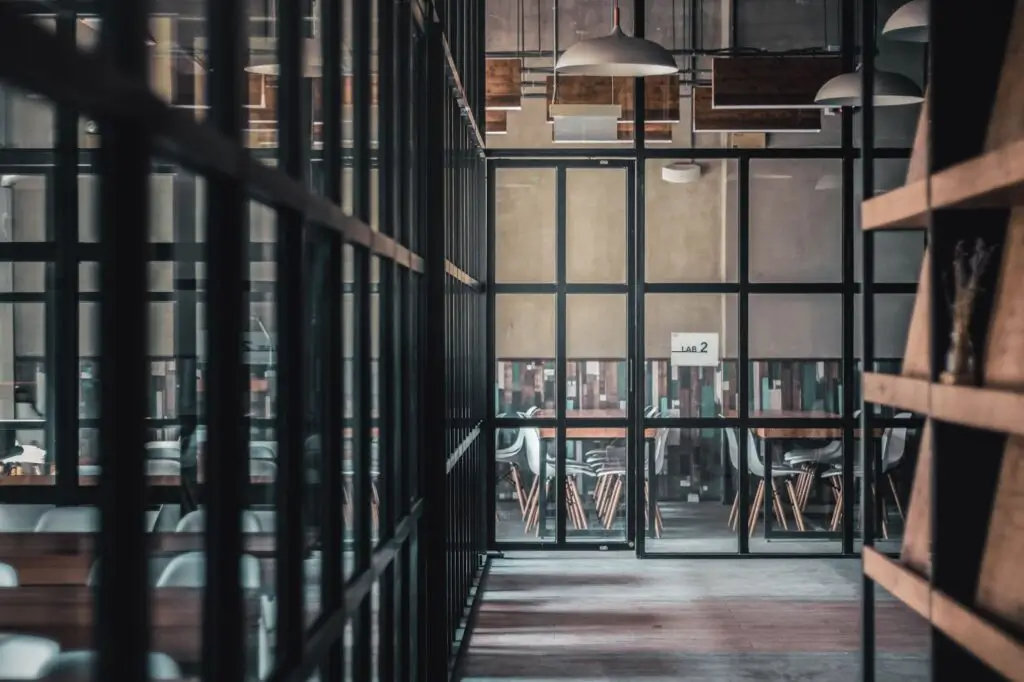
Security window film is a pliable poly-based coating that goes right on top of the existing glass, creating a protective layer that minimally reinforces the glass against breakage and, in the event that the glass does break, holds the broken shards in place.
It’s important to note that security window film DOES NOT prevent glass from breaking, and that’s not its primary intended purpose.
The main goal of installing security window film on windows is to improve the safety of those inside by preventing broken shards of glass from flying dangerously inwards.
That being said, window film can help delay and deter forced entry, but it’s not going to keep a determined intruder out indefinitely. Therefore, if access denial is what you’re after, there are better options than security film for school windows.
Security screens look much like traditional mesh window screens, but are made of special security mesh that’s resistant to cutting, tearing, and blunt force.
Like security window film, these screens can be applied to vulnerable school windows to delay and deter forced entry.
But, although security screens can be more difficult to penetrate than window film, a determined intruder can still get through them eventually.
There’s also the fact that these screens block out natural light and reduce visibility, which are two of the biggest reasons for having classroom windows in the first place.
This can lead to a less positive learning environment, and the appearance of security screens can hurt a school’s curb appeal by making it look fortified.
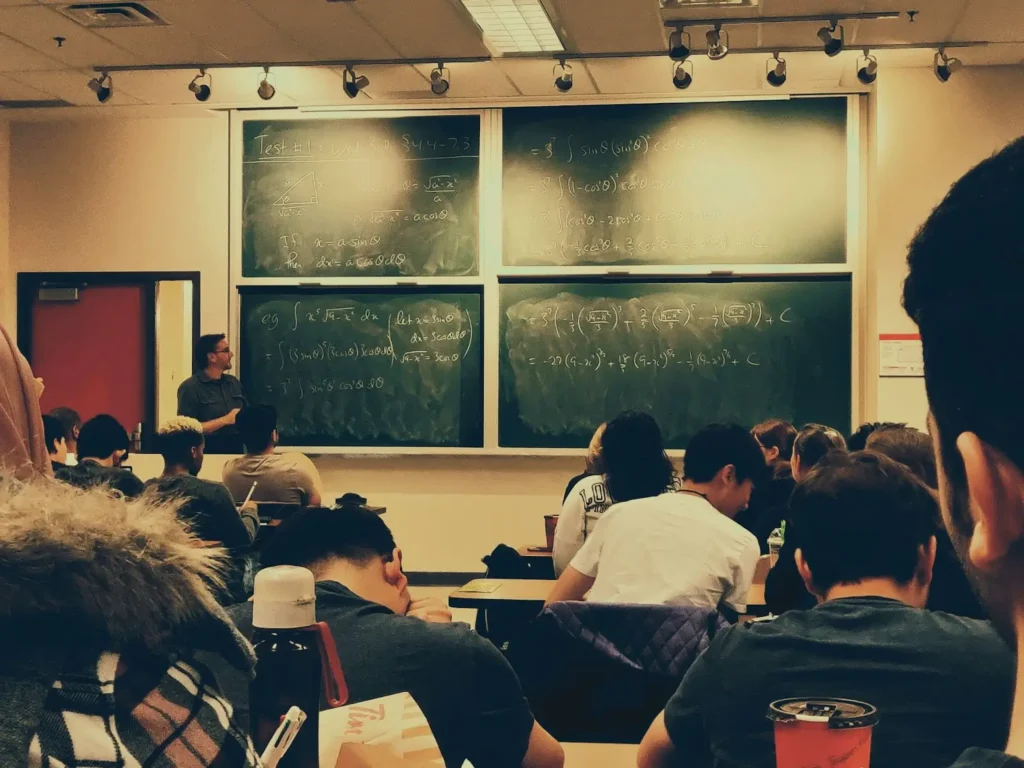
Of all the alternatives to replacing school windows with security glass, retrofitting them with polycarbonate security glazing is by far the best one.
Because it’s so light, retrofit polycarbonate glazing shields can be fit into or onto almost any existing window and door framing systems, protecting the existing glass behind with no need to remove and replace it.
Polycarbonate security glazing is virtually unbreakable, and can withstand even the most prolonged attacks.
The best part is that polycarbonate looks and feels very much like standard window glass, and doesn’t significantly alter the function or appearance of windows. So, students and staff will continue to enjoy all the natural light and views that their classroom windows provide.
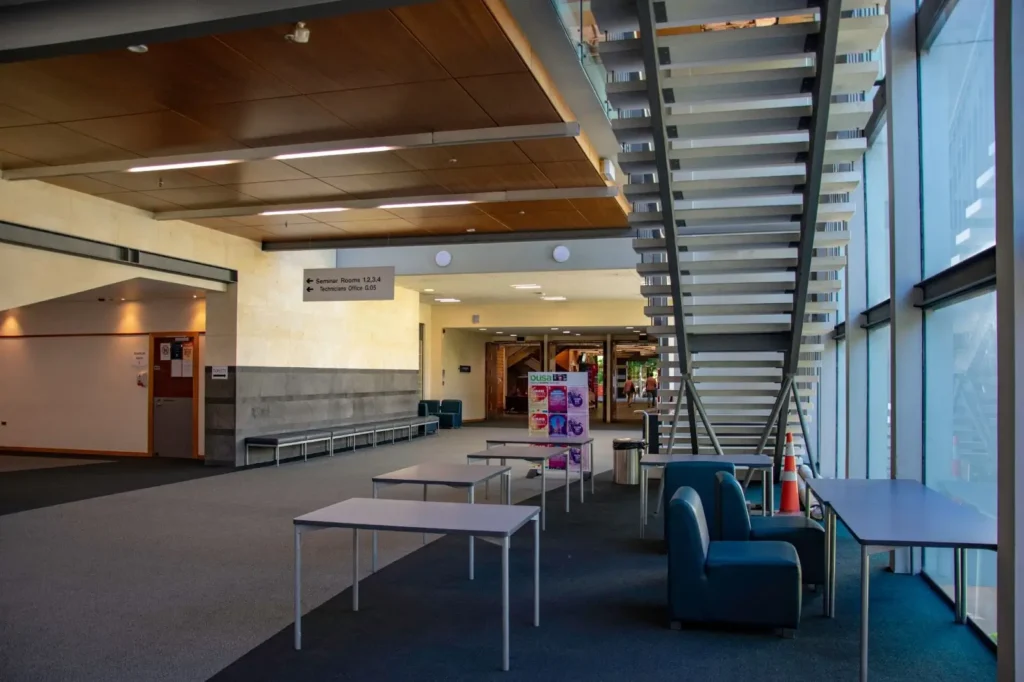
Polycarbonate security glazing is even available with UL 752 ballistic resistance ratings (the industry standard for bullet resistant products), and is capable of stopping one or more rounds from firearms commonly used by active shooters.
Even containment-grade (non-ballistic) polycarbonate glazing can get riddled with bullets without significantly diminishing in strength. It will continue to provide access denial by preventing a would-be intruder from passing any part of their body through a window.
For most educational facilities, including K-12 schools, colleges, universities, and technical schools, we recommend using ArmorPlast® AP25 to fortify vulnerable glass doors and windows.
AP25 is containment-grade, meaning that it isn’t designed to stop bullets, but it will not allow an attacker to break a pane of glass and open a door from the inside or climb in through a window.
Being only 1/4-inch thick, AP25 is the most versatile and affordable polycarbonate security glazing available for schools.
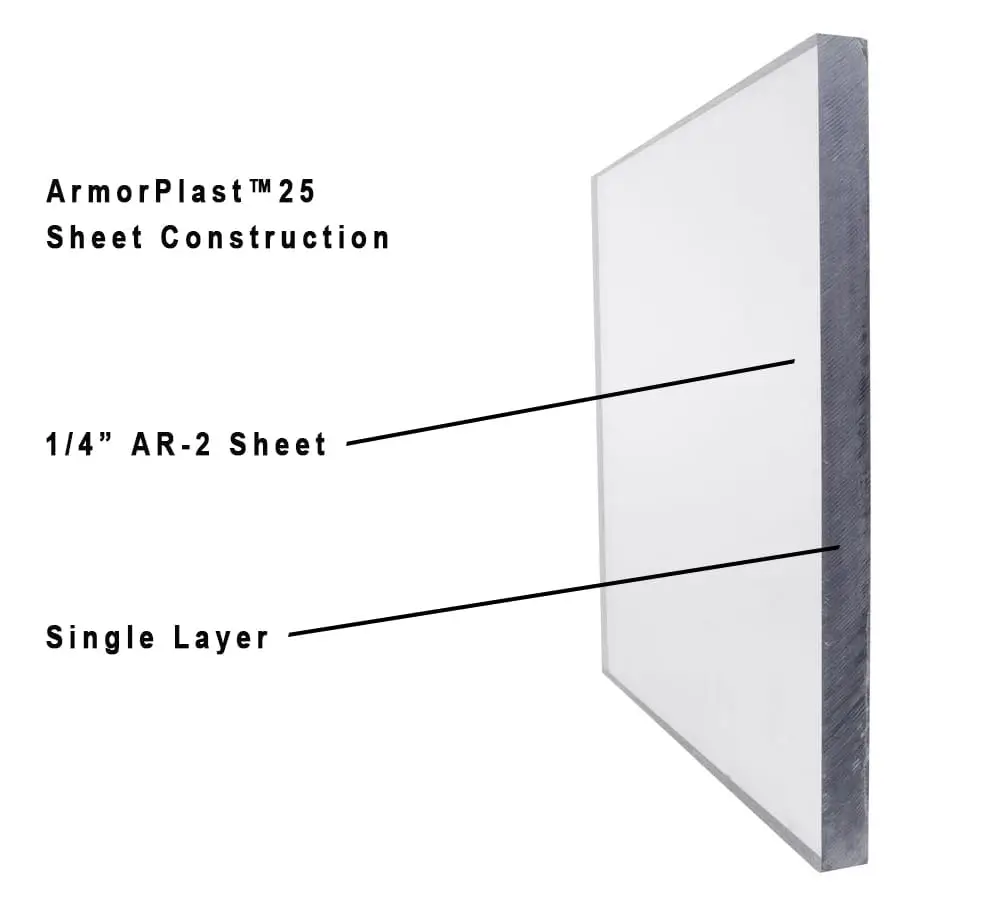
But, if you want more protection against ballistic attacks, there are also ArmorPlast® models available with various UL 752 ratings.
Whichever type of ArmorPlast® glazing you choose, it will seamlessly blend into your school’s windows and doors, maintaining an open, inviting look and a positive learning environment.
Contact us today for a free consultation on protecting your school’s glass.

HOW CAN WE HELP YOU?
